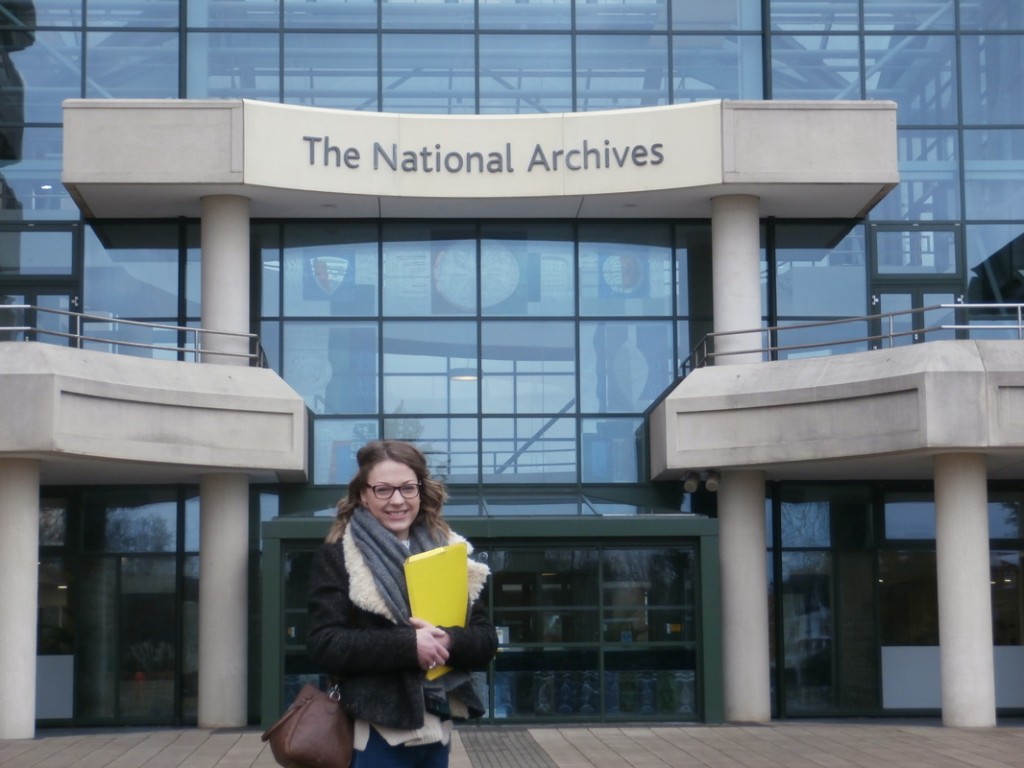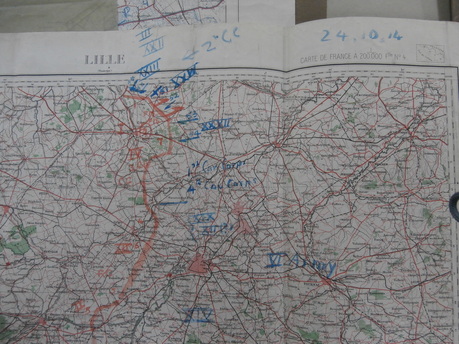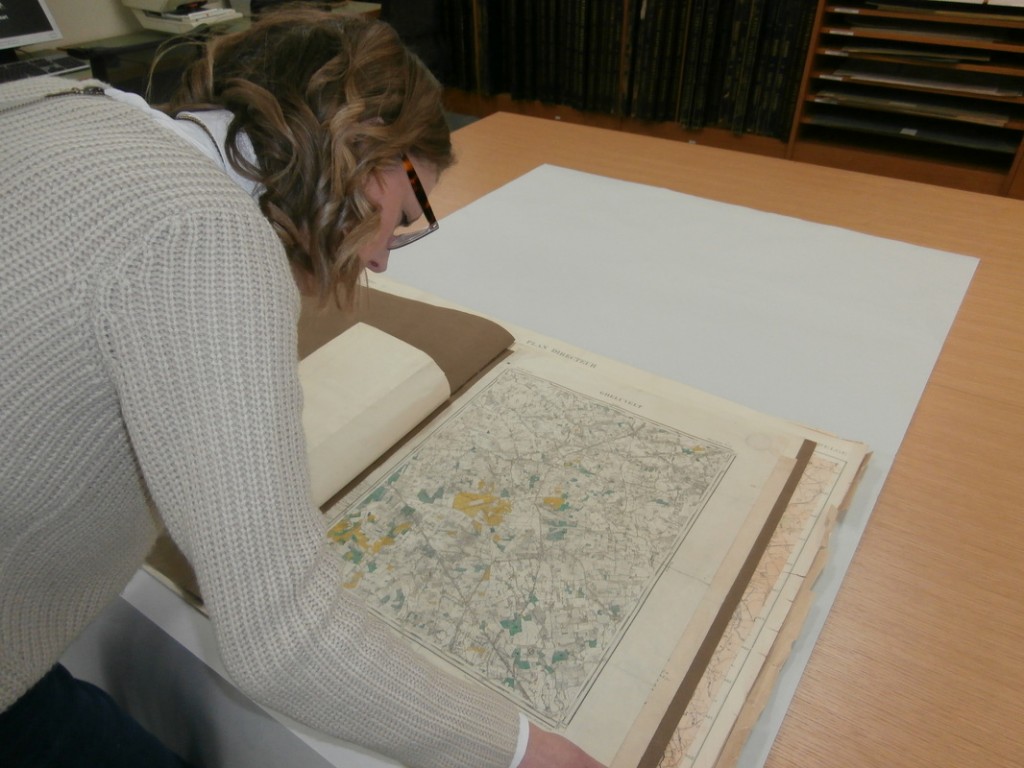Over the Christmas break, due to my closer proximity to London, I was lucky enough to pursue Richard’s story through a trip to the National archives at Kew! It was a thoroughly interesting visit that not only developed my understanding of how an archive can be utilised effectively in research of this kind, but equally proved extremely fruitful in furthering our understanding about, not only Richard’s story, but the experiences of his widow Muriel after his death. It was therefore a somewhat unlikely outcome to the day but nevertheless one that has allowed us to perceive other potential outcomes for the project from the entirely new perspective of loss and those left behind.
To make the most of my visit, we made sure to look up the documents that we would like to potentially view upon our arrival. This proved crucial in making the most of the day, particularly considering the amount of possible research available. The website of the national archive is, on the whole, extremely comprehensive, taking the user through, step by step, depending on the type of research that is being carried out; e.g. “looking for a person?” is an optional link. Below is the selection that Emily and I initially came up with.
- WO 339/7024 – Richard’s Coldstream Guards Record
- WO 372/17/180047 – Richard’s Medal Card
- COPY 1/433/101 – photo of Richard’s dad
- WO 95/1342 – relating to Coldstream guards 2nd battalion from Aug 1914 to July 1915
Upon arriving at the archive, I had to place my coat and bag in the public locker area and put my paper, pencil and camera in a clear plastic bag used for security. I had to then apply for a reader’s ticket before I was able to call up any documents (for free) or enter the reading rooms. This required two forms of identity and proof of address (acceptable forms of which I was able to check before going). My ticket lasts for three years and means that I can request the documents I wish to view through the website before any future visits. When this was done I could then go into the ‘Open Reading room’ and use the computers there, with the help of the archive staff, request the documents I wanted to look at first. In this room they had more lockers in which I was able to place any extra material that I didn’t need to carry with me around the building.
It is extremely useful due to the sheer volume of the information I encountered, that the archive allows its readers to use a camera in the reading room (with a disabled flash and sound). Consequently, I was able to record findings digitally and cover a lot more ground than I would have done through writing alone! Equally, this saved the time-consuming practice of palaeography, but this is something that Emily and I are currently battling through while looking at the photos!
There were some aspects of using the archives that did prove challenging but at least, upon reflection, enlightening. For example, the size of the documents that we wanted to view was unclear from merely viewing the description online – therefore some, I soon discovered, had to be viewed in a separate ‘large document handling room’. This split the location of my research and therefore I had to reconfigure plans around moving between floors of the archive. Such large documents also meant that I had to make use of the various preservation devices the archive provides for its users, such as weights and foam wedges.
I was only able to ‘call-up’ three documents at a time, and had to wait 20 minutes for them to be produced. Luckily, I took my dad along with me who was also able to use his reader’s ticket; however, this is certainly something that needs to be considered before making any visits in the future. When documents were ready to view, we went to the relevant reading room, each time passing through security who had to make sure we weren’t carrying any
‘prohibited’ items (on the way out this included flicking through notepads to
check that we hadn’t attempted to steal any original documents!).
Although the strategic maps that I was able to look at were fascinating and did indeed show the location of Richard’s battalion at the time of, and just prior to, his death, I would have benefited a lot more from more extensive background knowledge of troop movements and
battle developments. I feel like I really was disadvantaged by my lack of knowledge and I would in fact like to go back after gaining some understanding and truly appreciate the hand-drawn sketches of troop movements.
In the same way that it was unclear about the size of the documents and therefore the locations in which I was able to view them, it was equally unclear which ones were popular and been digitised and therefore available in the Open reading room. It was something that I had to confirm and would have saved me a lot of time when deciding which documents I wanted to view.
However, in the end this proved to be a blessing in disguise as I was able to load money onto my reader’s ticket to pay for the self-service printing machines, allowing me to take home copies of the 2nd Battalion Coldstream Guards’ diary from October and November 1914, the months spanning Richard’s time abroad.
I purchased a book by Will Fowler that specifically focuses on the first battle of Ypres, and even talks about the battles in which Richard would have been involved, the general situation at the time and a general overview of troop movements. What I have found most useful about it so far is the comprehensive nature of the narrative that doesn’t attempt to overcomplicate the details as many texts can, therefore it should be extremely fruitful if Emily and I have to produce something aimed at children or the general public.
Within the documents I discovered, the information we previously uncovered regarding Richard’s location, his home life, his marriage and his date of death were confirmed.



